適切なスキーを選ぶことは、成功し楽しいスキー体験のために不可欠です。市場には多くの選択肢があり、どこから始めればよいか迷うこともあります。この記事では、スキー能力、地形の好み、個人的な好みなど様々な要素を考慮した、適切なスキーの選び方を包括的にご案内します。
1. 自分のスキー能力を見極める
2. 好みの地形を考慮する
もしスキーボードがあなたのスキーに合わないと感じたら、156cmの長さを持つSnowfeet Skisをチェックしてみてください。どんな状況でも十分に対応できます。
次の冬の冒険に備えよう
その他のすべての地形の場合、短いスキーボードが最適な選択です。99cmまたは120cmのスキーボードを選ぶことで、より楽しく簡単なスキーの新しい扉が開きます。
3. スキーの長さ
しかし、長いスキーは非常に制限的であなたを抑えつけるだけだということを覚えておいてください。パウダーやスタックすることを恐れるなら、浮力を保つ長いスキーボード(120cm)を選ぶことができます。
その他の状況では、長いスキーのサポートと短いスキーの自由さのバランスだけを考慮してください。スキーの長さに関しては、スキー業界の「長ければ長いほど良い」というマントラに屈してはいけません。重い木の板を足に引きずって疲れるのではなく、ライドを楽しみたいことを忘れないでください。
自分に最適な長さを選ぶ
スキーが短すぎるとどうなりますか?
スキーが短すぎるとスピードや安定性が制限されるという主な懸念がありますが、そのような懸念は根拠がありません。短いスキーは一般的に操作性が高くターンがしやすい上に、長いスキーと同じくらい安定しています。短いスキーでより高い安定性を求めるなら、斜面で非常に良いサポートを提供するスキーボードを強くお勧めします。
4. スキーの幅と形状
5. フレックスと硬さ
6. ビンディングと互換性
短めのスキーボード(最大99cmの長さ)もスノーボードブーツ用ビンディング付きで利用可能です。その場合、快適さを最優先に考えることができます。
長めのスキーボード(120cmから)と長いスキーにはリリース式スキービンディングが付いており、どんなライドでも最も安全な選択肢です。

7. 専門家のアドバイスを求める
子供用スキーの選び方
1. 年齢と技術レベルを考慮する
お子様のスキーを選ぶ際に最初に考慮すべきは年齢と技術レベルです。初心者の場合は、短くてターンしやすいスキーを選びましょう。上達するにつれて、高速時に安定する長めのスキーや、より安定性が求められアイススケートやローラーブレードに似た短いスキーを選ぶこともできます。
2. 適切なサイズを選ぶ
お子様に選ぶスキーのサイズは、身長、体重、技術レベルによって異なります。長すぎるスキーは操作が難しく、短すぎるスキーは高速時に不安定になることがあります。子供には、安定性がありながら非常に軽く操作しやすいSnowfeetのSkiboards 65をよくおすすめします。
さまざまな長さから選べます

3. スキーの形状とフレックスを考慮する
スキーの形状とフレックスも重要な考慮点です。幅広でターン半径が大きいスキーはターンがしやすく、狭いウエストのスキーは整地されたコースでのカービングに適しています。スキーのフレックスも重要で、柔らかいフレックスのスキーはターンがしやすく初心者向きですが、硬いスキーは高速時の安定性を高めます。
初心者には狭いスキーの方が良いのか?
初心者が狭いスキーを使う主な利点の一つは、その狭い形状により、軽くて操作やコントロールがしやすいことです。
しかし、軽くて動きやすいという利点は、短くて幅広のスキーでも得られます。幅広で短いスキー、つまりスキーボードやスノーブレードは、しっかりとしたベースを提供し、学習過程をずっと簡単にします。また、操作しやすく学びやすいです。
利点がある一方で、初心者にとって狭いスキーを使うことにはいくつかの欠点もあります。主な欠点の一つは、狭いスキーは高速時に安定性が低いことです。これは表面積が少ないため、硬く締まった雪上でのターンの切れが悪くなるからです。これは高速で滑るのが好きな中級者や上級者にとって問題になることがあります。
さらに、狭いスキーは深いパウダーやオフピステの地形では効果が薄いです。これは、狭いウエストが雪の上に浮かびにくくするためです。このため、初心者がこれらの条件でスキーをするのはより難しくなることがあります。
4. 成長に合わせて調整できるビンディングを探す
子供の足はすぐに成長するため、成長に合わせて調整可能なビンディング付きのスキーを選ぶことが重要です。 これにより、数シーズン同じスキーを使えるため長期的にお金を節約できます。Skiboardsのビンディングは自宅で簡単に調整できるので、お子様がすぐにサイズアウトすることはありません。
5. お子様がするスキーの種類を考慮する
最後に、お子様がどのようなスキーをするかを考慮してください。主に整備されたコースで滑るなら、整備された条件に適したスキーを選びます。パウダーやオフピステで滑るなら、幅広くロッカーが強調されたスキーを選び、雪上での浮力を助けます。

しかし、最も良いスキーは両方の用途に対応できるもので、余分なスキーを持ち運ぶ心配がないものです。
これが子供のために適切なスキーを選ぶ基本でした。次に、より詳細な質問や問題を見ていきましょう。
年配のスキーヤーのためのスキーの選び方
1. スキー技術レベルを考慮する
スキーを選ぶ際に最初に考慮すべきはあなたのスキー技術レベルです。初心者、中級者、上級者のどれですか? 各レベルに応じて、最大のパフォーマンスと快適さを保証する異なるタイプのスキーが必要です。
初心者は、扱いやすく寛容なスキーを選びたいでしょう。中級者は、少し硬めで高速に強いスキーを好むかもしれません。上級者は、パワフルでより難しい地形に対応できるスキーを選ぶことがあります。
2. 適切なスキーの長さを選ぶ
スキー選びで重要なのは適切なスキーの長さです。短すぎたり長すぎたりするスキーは操作が難しく、関節に不必要な負担をかけることがあります。
年配のスキーヤーには、通常選ぶより少し短めのスキーを選ぶことが一般的に推奨されます。短いスキーはターンや操作がしやすく、膝や腰への負担を軽減します。ただし、短すぎると不安定な滑りやパフォーマンスの低下を招くため注意が必要です。
ショートスキーは本当に優れているの?
はい、そうです。ショートスキーはロングスキーよりも普遍的に優れています。SkiskatesやSnowfeetのような一部のショートスキーは、長いスキーに慣れている人には挑戦的かもしれません。幸いにも、多くの種類のショートスキーがあり、あなたに合ったペアを選ぶことができます。
ショートスキーは、スノーパークで新しい可能性を探求したいフリースタイルスキーヤーや、扱いやすく学びやすいスキーを求める初心者の両方にとって優れています。
3. スキーの幅を考慮する
スキーの幅、つまり「ウエスト」は、異なる条件でのスキーの性能に影響を与えます。幅広のスキーはパウダーや柔らかい雪での安定性を高め、一方で狭いスキーは硬く締まった雪や氷の上での反応性が良くなります。
高齢のスキーヤーには、一般的にウエストが広いスキーを選ぶことをお勧めします。これにより安定性が増し、パウダーや柔らかい雪でのスキーがより快適で楽しくなります。
4. 柔らかいフレックスのスキーを選ぶ
スキーのフレックスとは、スキーの硬さや柔らかさを指します。柔らかいフレックスのスキーはターンやコントロールがしやすく、 膝や腰への負担を軽減します。また、許容範囲が広いため、若いスキーヤーほどの力や持久力がない高齢のスキーヤーに適しています。
5. ビンディングシステムを考慮する
ビンディングシステムはスキーのセットアップにおいて重要な部分です。これはブーツとスキーのインターフェースであり、スキーの性能に影響を与えます。高齢のスキーヤーには、操作や調整が簡単なビンディングシステムを選ぶことをお勧めします。軽量でシンプルなデザインのビンディングを探しましょう。
6. プロによるフィッティングを受ける
最後に、スキーを選ぶ際にはプロによるフィッティングを受けることが不可欠です。プロはあなたのニーズに合ったスキーの長さ、幅、フレックス、ビンディングシステムの選択を手助けしてくれます。また、ビンディングの調整を行い、正しくセットアップされていることを確認してくれるため、怪我のリスクを減らし、全体的なスキー体験を向上させます。
結論
適切なスキーを選ぶには、スキーの技術レベル、好みの地形、スキーの長さ、幅、形状、フレックスと硬さ、ビンディング、そして必要に応じて専門家のアドバイスを考慮することが重要です。これらの要素を踏まえることで、あなたのニーズに合ったスキーを見つけ、ゲレンデを最大限に楽しむことができます。適切なスキーはスキー体験を向上させ、パフォーマンスと全体的な楽しさに貢献することを忘れないでください。
装備を整えて新しい体験を探検しよう

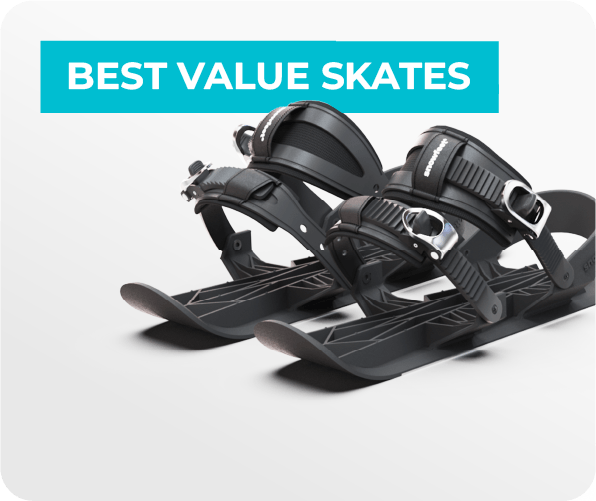


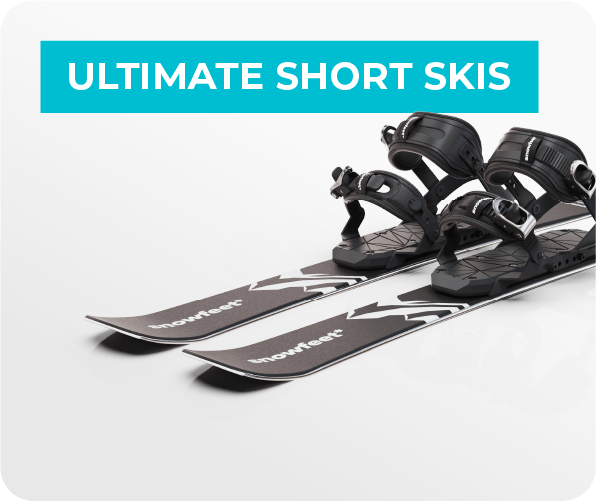


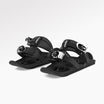
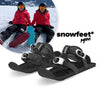

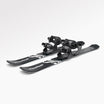




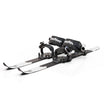

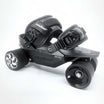

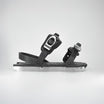

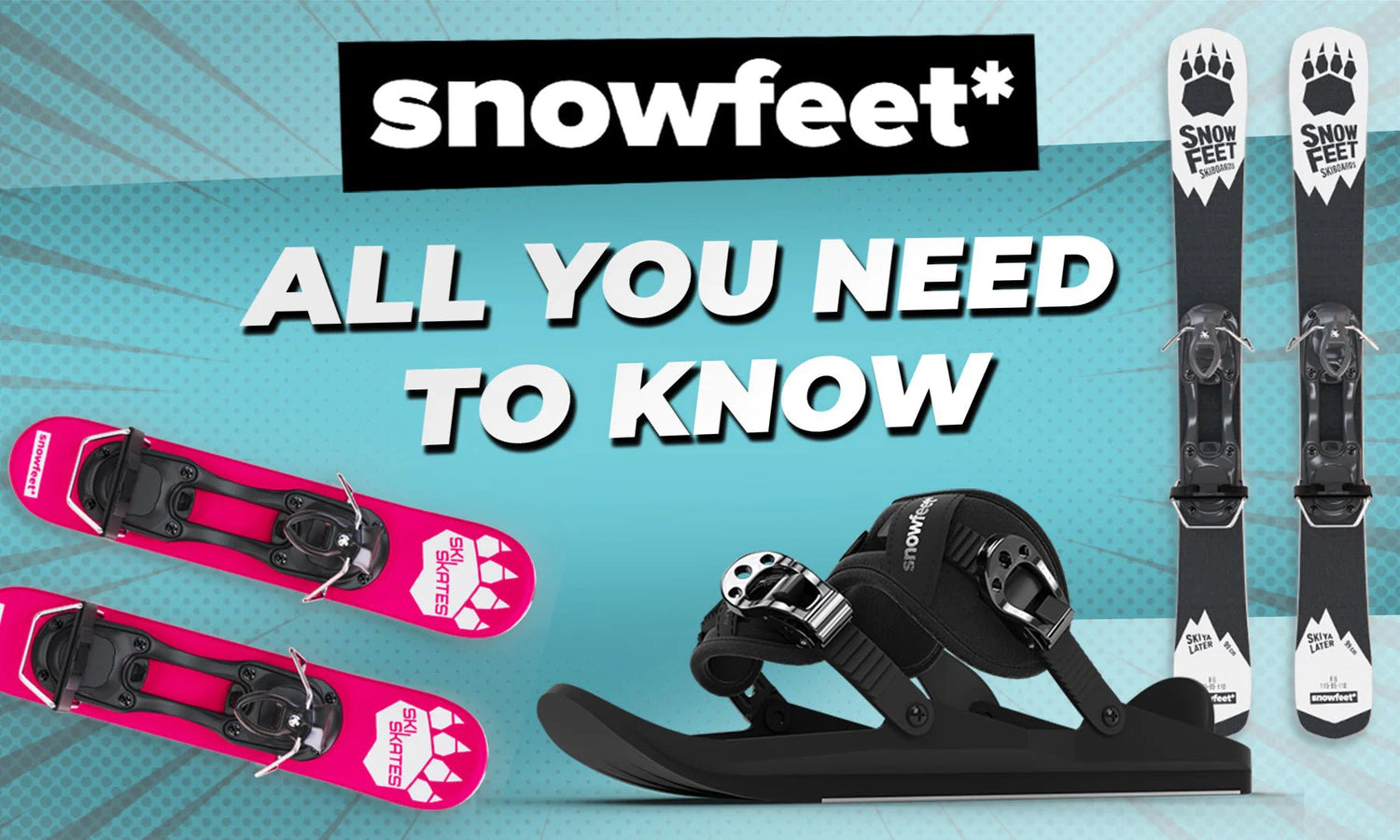
















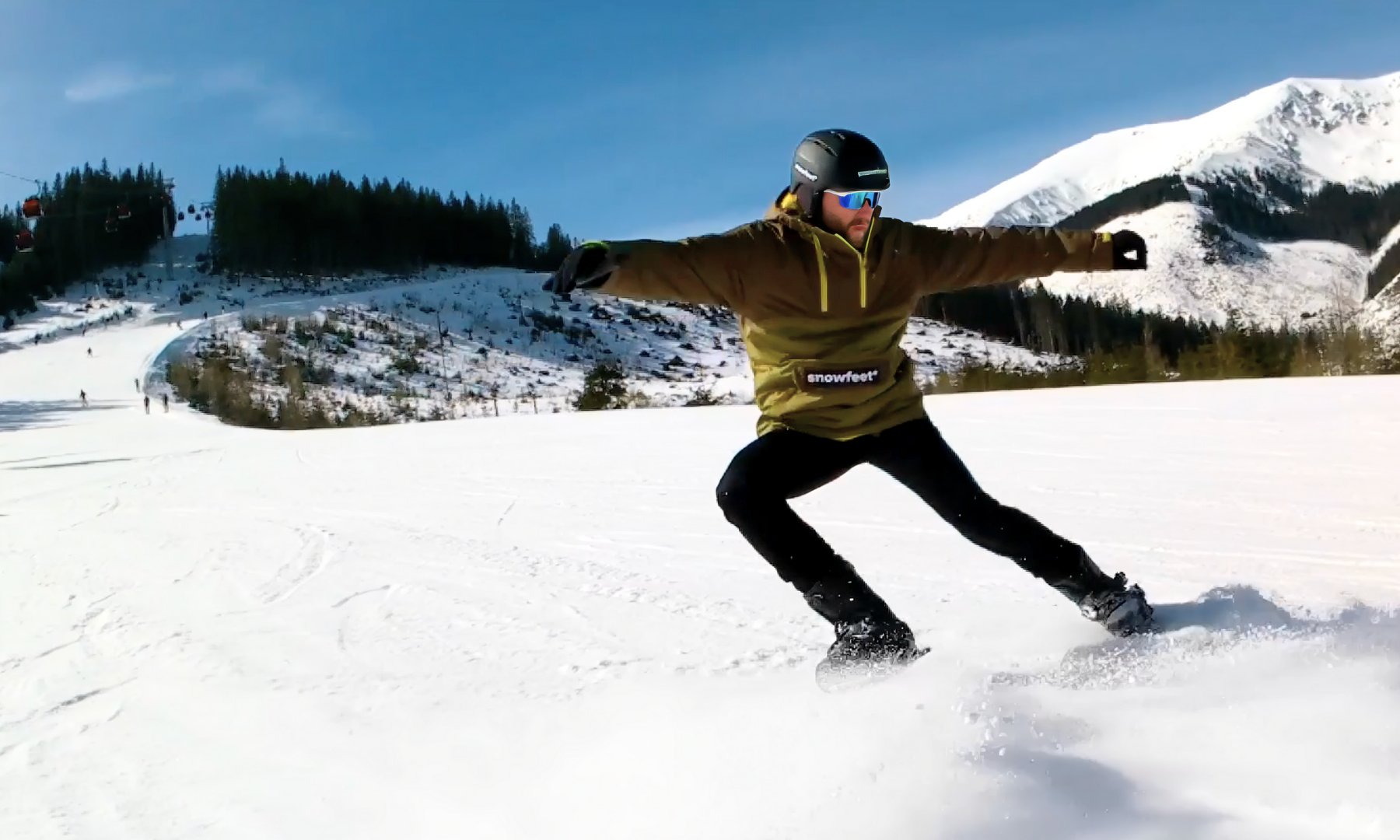





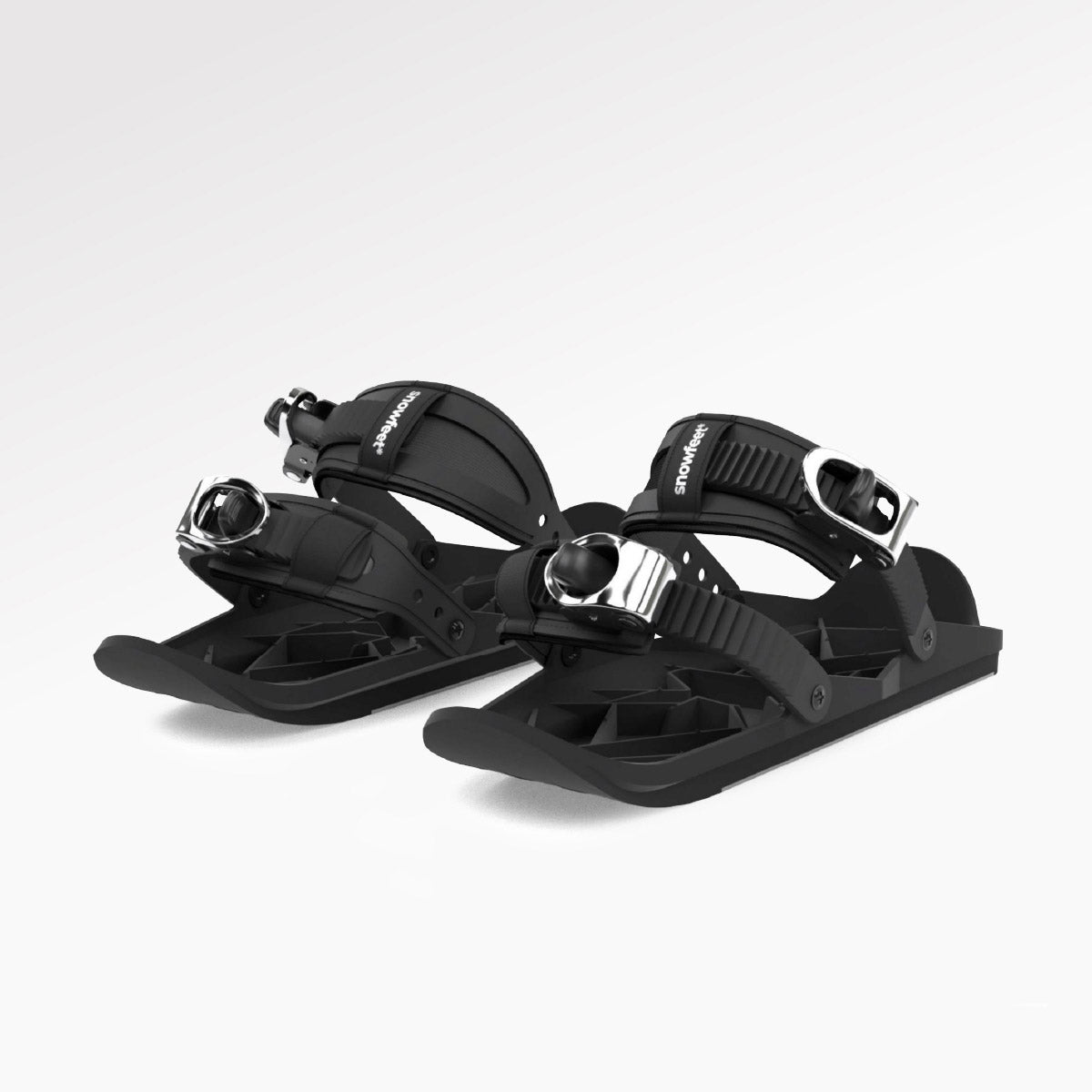
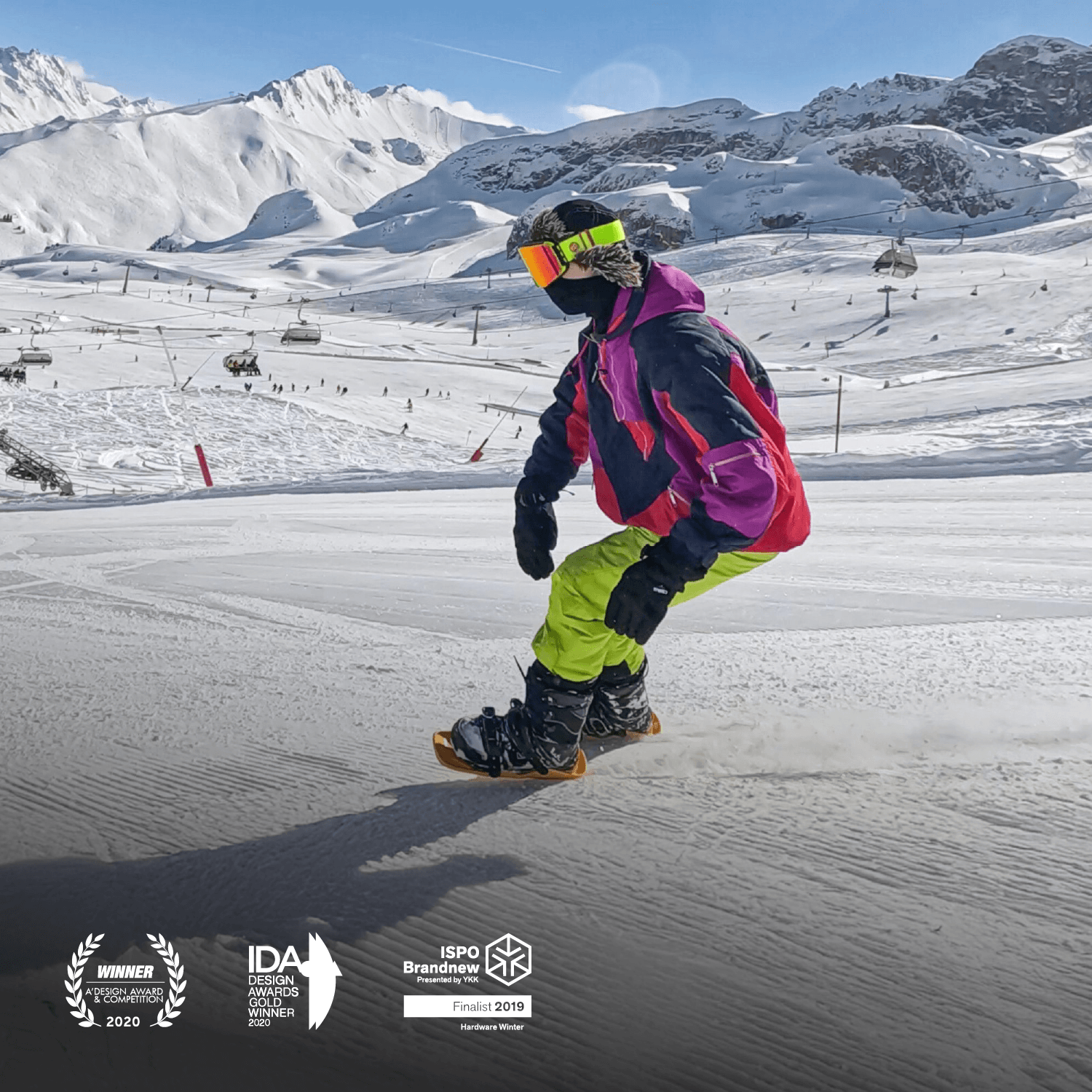
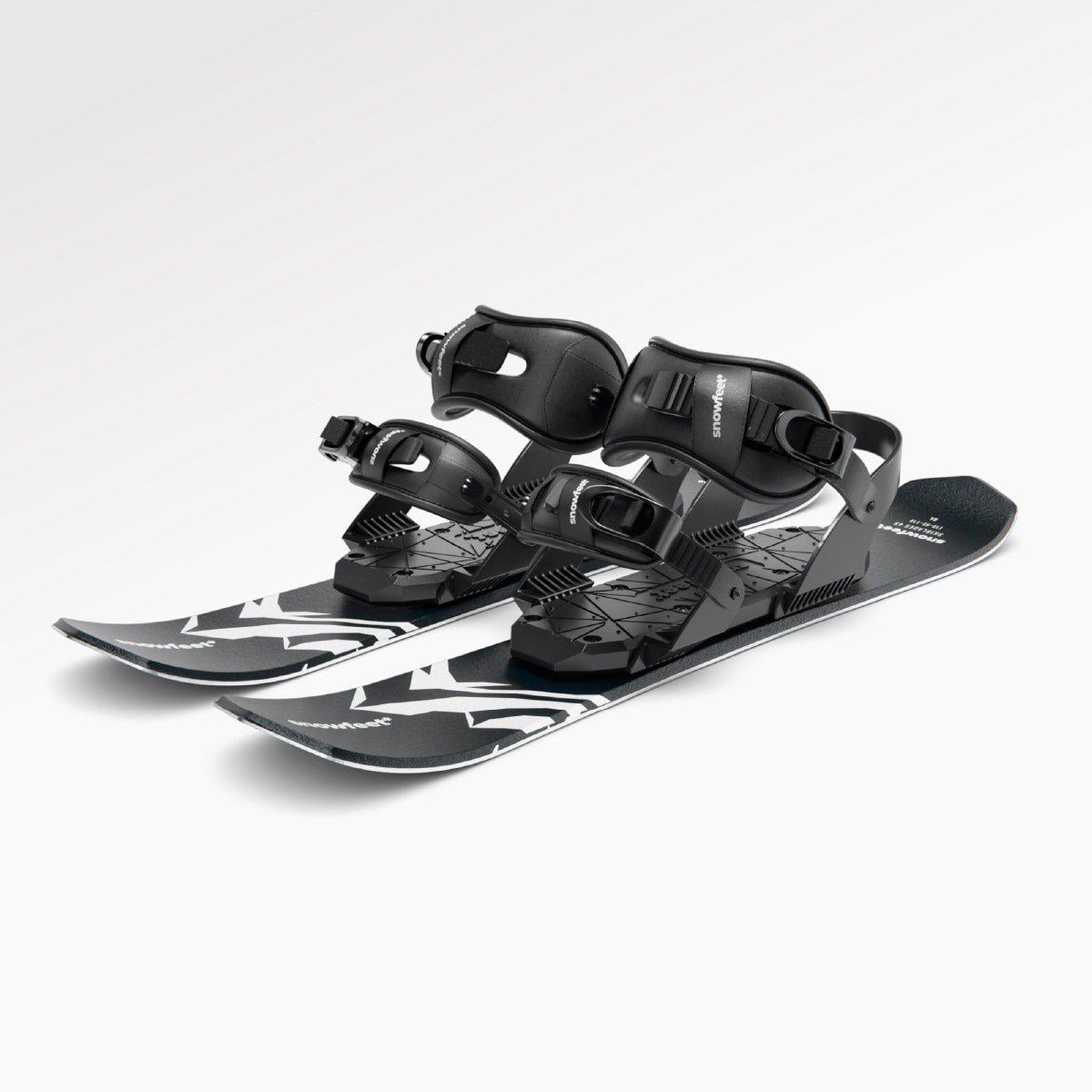



261 コメント
rkurflwbes
Muchas gracias. ?Como puedo iniciar sesion?
mbhlrrilhh
Muchas gracias. ?Como puedo iniciar sesion?
bxfeqmunar
Muchas gracias. ?Como puedo iniciar sesion?
nyejwousyo
Muchas gracias. ?Como puedo iniciar sesion?
elexxzcttz
Muchas gracias. ?Como puedo iniciar sesion?
コメントを残す
このサイトはhCaptchaによって保護されており、hCaptchaプライバシーポリシーおよび利用規約が適用されます。